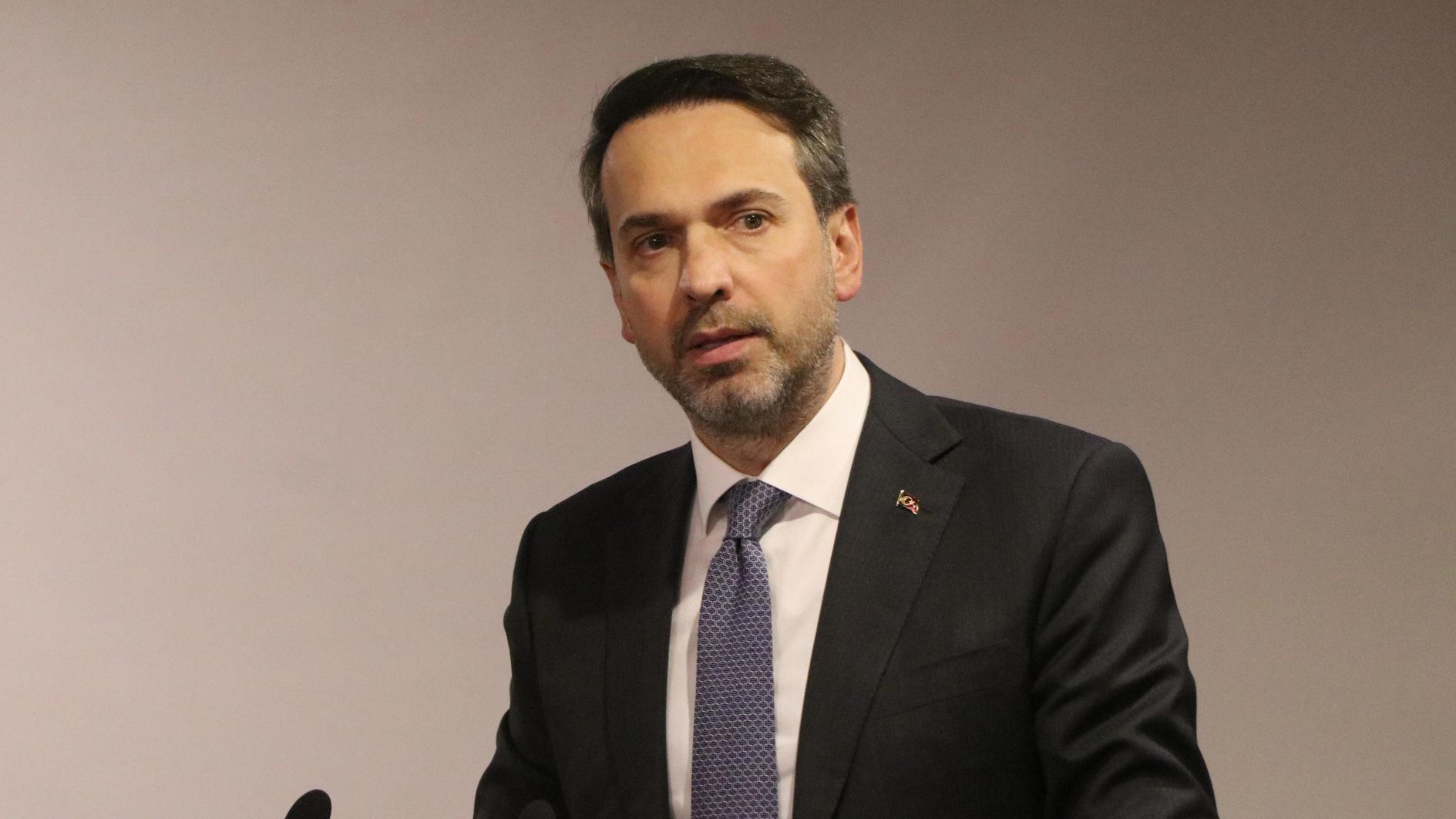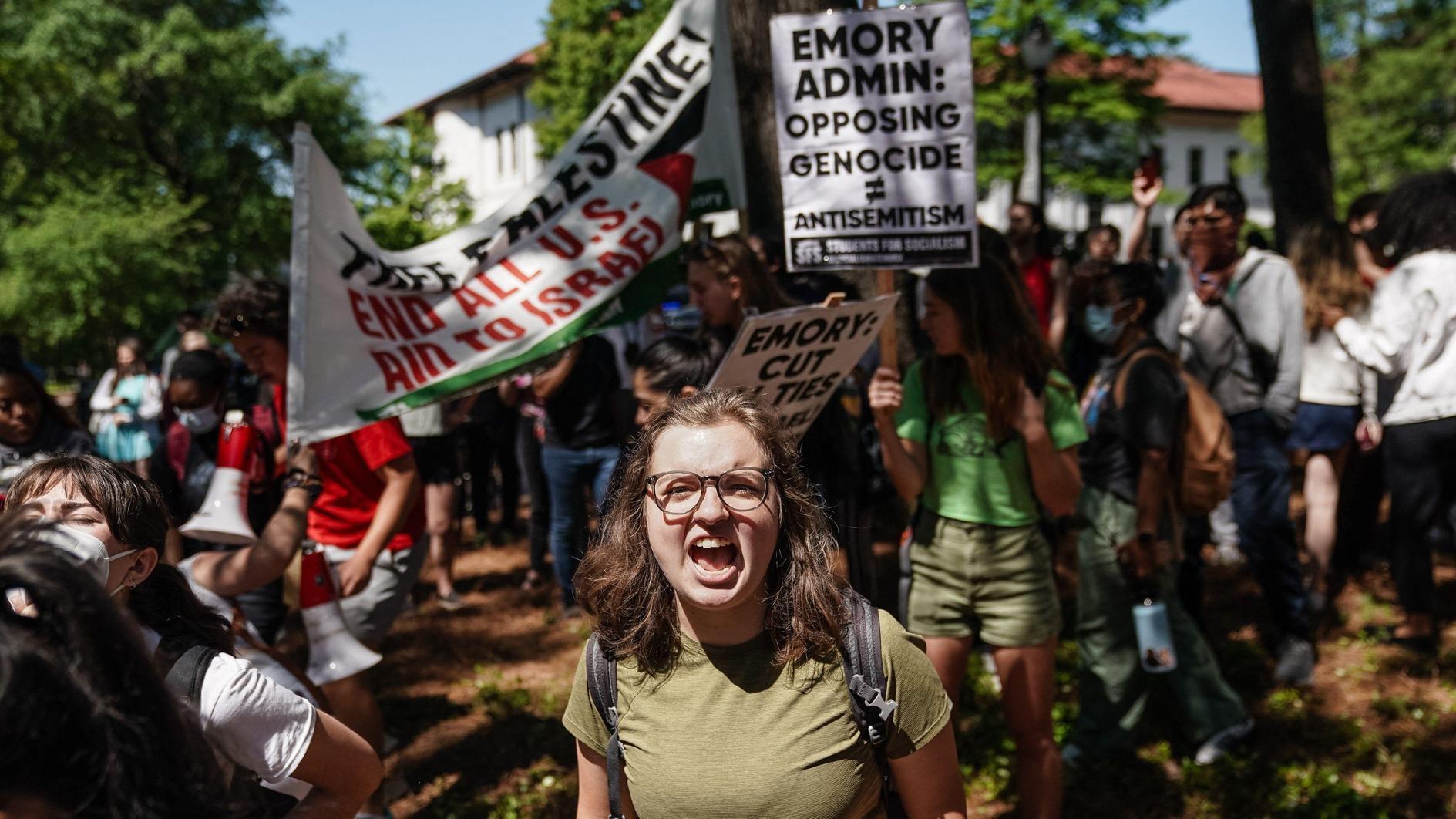Iran, Turkey and beyond
Some who talk about Turkey and Iran’s relationship launch forth by giving a reference from history and emphasize that the two nations have not clashed in large-scale close combat since 1639. My aim is to not go too far back in history, but instead to relate some experiences regarding similarities of the Turkey-Iran relationship that changed swiftly after the 1979 Iranian Islamic Revolution with today’s events.
The Turkey-Iran competition went through four different phases in the post-Islamic Revolution period. The first was between 1979 and 1989: Turkey’s progressive relations were exchanged for Iran’s deteriorating relations with the U.S. and competition on the Iraq War axis. The second, between 1990 and 1997, was the competition between U.S.-backed Turkey and Iran in the Caucasus and Central Asia. The third was the period between 1997 and 2010: The competition eased down and both sides acted pragmatically. Now in the last phase, the relationship is shifting to a new ground. What is interesting is the role that the U.S. played in the big picture in the earlier three periods, just like today.
The Islamic Revolution caused a traumatic change in a short time in Iran’s foreign relations and led to deep chaos in the country’s domestic affairs. One of the important outcomes of the Islamic Revolution, which occurred in the period of the Cold War, was the U.S. loss of significant Electronic Intelligence (ELINT) facilities stationed in Iran and directed toward Russia. The U.S. government transferred some of the facilities to Turkey, but in exchange it had to lift the “military embargo” applied to Turkey after the 1974 Cyprus operation. Subsequently, it moved some electronic eavesdropping facilities near Turkey’s USSR borders. Surely not only the USSR but also Iran was in the crosshairs of those facilities. The U.S. established the Rapid Deployment Joint Task Force (RDJTF) in order to intervene in the developments in the Gulf region. Some of the logistics required by that force were stocked into new airfields constructed in eastern Turkey. Iran was trying to root the revolution while fighting with Iraq and watched all those closely and carefully. It accused Turkey of preparing to invade northern Iraq on behalf of NATO during the Iran-Iraq war, especially in the years following the Kurdistan Workers’ Party (PKK) attacks.
Iran replied to NATO-member Turkey’s manner and close relations with the U.S. in 1982 by opening its soil to PKK militants and supporting them. This support lasted openly until 1999. Iran, in the same period, also supported some radical Islamic Kurdish groups in Turkey in various forms. Foundations were laid in 1982 for the Syrian-Iranian strategic alliance, which put not only Iraq and Israel but also Turkey in its crosshairs.
Despite the passing of many years, we can say the big picture has not changed much. Turkey, just like 30 years ago, accepted the establishment of radar systems on her soil at the U.S. and NATO’s request. Again, its relations with Syria are on the edge as they were in the early 1980s. The U.S.’s relations with Iran are holding in their strained position. And the PKK is on the stage again.
The new stage of the Turkey-Iran relationship requires that both sides review their positions and cards in hand. While doing this, a pragmatic dimension of history should not be ruled out. Still, Turkey could end up struggling with a proxy-war waged by the PKK and supported by Iran. Just like in the old days.











